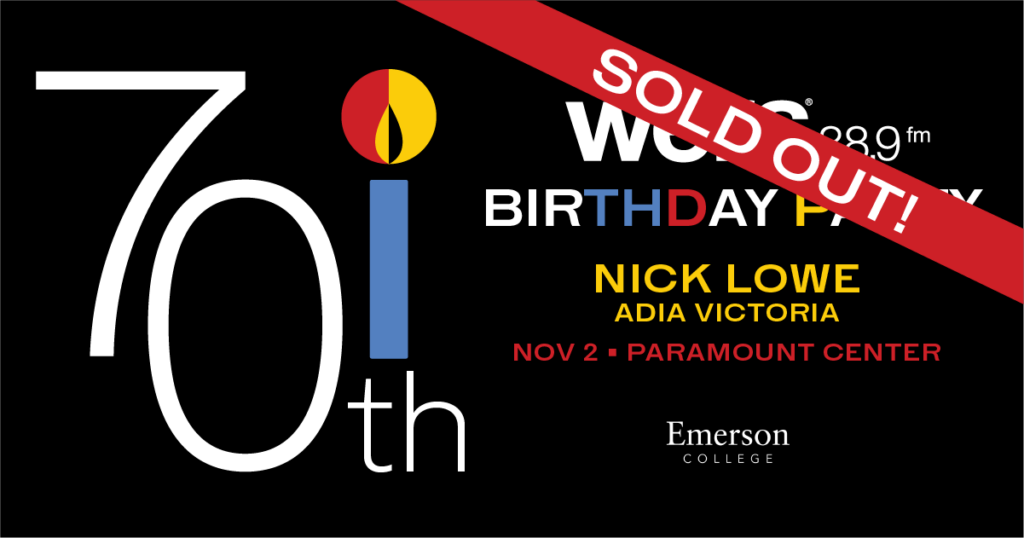
- By Sam Reynolds -
Coldplay has never been "the best band". They've never tampered with the artistic range or bold experimental instincts of Radiohead. They've never held the (at times) convincing self-importance of U2, or even dared to attempt something as shamelessly brash or theatrical as Muse. Compared to their contemporaries, Chris Martin & co. have always come off as that goofy, bashful kid who is just happy to be at the party; Their optimism and unassuming tendencies are endearing at best, but quickly prove tiresome if you try to dig for anything deeper.
At the beginning of 2008, everyone - especially Coldplay themselves - seemed painfully aware of this. The band's 2005 album, X&Y, was a commercial mammoth: debuting at #1 on the US charts and having since gone 3x platinum.
Yet - the album was also considered a critical failure. As Martin's formulaic song structure and whimsically vague lyrics had finally hit the ceiling of acceptable after two previously well-received outings. Although 2008 saw Coldplay poised to become the biggest rock band in the world, they were also looking for a change... Something to prove their artistic worth and undeniable staying power.
So they did what any band does to stretch out creatively:
Coldplay got weird.
The band was then adopted by legendary producer Brian Eno, who helped the aforementioned U2 hit an artistic peak with albums like Joshua Tree and Achtung Baby.
They traveled around the world, chanted in Spanish cathedrals and even hired a hypnotist. With the help of the notoriously unconventional Eno, Martin ditched familiar song structure in favor or sprawling sounds and hidden tracks. The band ventured from their signature soft-rock instrumentals for a more global aesthetic: deploying santoors, church organs, handclaps, and huge string sections instead of conventional piano and guitar.
On paper, it would seem as though Coldplay was crafting their Pet Sounds or Sgt. Pepper. In reality, they never truly abandoned the safer tendencies to make anything so bold. However, their ambition did result in their weirdest and most colorful record. One that boasts moments of undeniable beauty and idealism.
Viva la Vida or Death and all his Friends will most likely be remembered for its commercial success.
Everyone and their parents know the title track. The single "Viva la Vida" has sold over 7 million copies worldwide. It was inescapable anywhere music was playing for years after its initial release. And honestly, the song's success is still to be admired. It's instantly memorable string-section and lyrical references to Christianity don't necessarily make for a likely radio-hit.
The song remains one of the more out-of-left-field pop culture dominators to come out over the past decade. Martin's lyrics offered something more intriguing than the average love or heartbreak anthem. The song is still known as a songwriting peak by fans and critics alike. But beyond the smash hit, Viva la Vida or Death and all his Friends features memorable material that defy the album's overwhelming commercialism. With Eno at the helm, Coldplay created music that was more layered and distinct.
For the first time, the instrumentals took priority over Martin's trademark voice, and the music was better for it.
Cuts like "Lost!" weren't memorable for the lyrics, but for the in-your-face organs and thunderous drums.
"Lovers in Japan" and "Strawberry Swing" remained in the public conscious for years after their releases because Eno took Coldplay's signature optimism and showed us their childlike idealism through soaring guitars and swirling melodies: the latter song was even covered by the enigmatic Frank Ocean to convey his signature nostalgia. Martin's voice was not the centerpiece. Instead, it was used as a compass to guide the audience through the album's messy, inspired aesthetic. Viva la Vida could work just as well as an instrumental album and not lose much of its allure. A testament to Eno's direction and the band's willingness to go down that rabbit hole.
Of course, Martin's lyrics still remained vague and non-committal. Some hailed Viva la Vida as Coldplay's "political" album. Although there are political themes that run through it (War is bad! Why not love each other instead?!), Martin's material works better here, again due to the ambitious production. Just listen to closer "Death and All His Friends". Over lesser, more basic instrumentation, Martin's lyrics about death and revenge could easily come off preachy. But over the lullaby pianos and shimmering guitars - which eventually breaks into an explosive sing-along - the lyrics work as simple poetry supported by genuinely moving musical ideas.
At its best, Viva la Vida reaches the artistic heights the band aspired for at their beginnings.
However, there are still missteps. "Cemeteries of London" lacks the bite and grit the band strives for to make for a genuinely intense song. "42" has everything needed to make for a rousing reflection of death, but refuses to give the listener anything substantial to hold on to, and it's two-part structure feels copy-and-pasted rather than organic.
"Reign of Love" goes on a minute too long; its soft melody never engaging the listener beyond the initial idea of the song. And should-be centerpiece Yes features a Martin singing an octave lower for the sake of experimentation alone. And yet, there is always a silver lining: whether it be in a short yet resonant piano outro or a worthy guitar solo. In the spirit of Eno, there is always at least a piece of genuinely moving music hidden in plain sight.
Although the ideas and sounds of Viva la Vida were inevitably commercialized to craft empty arena anthems. Throughout the next decade, Coldplay's 2008 album remains an artistic peak.
This Coldplay is one that inspired and was eager to challenge themselves.
Although the outcome wasn't the grand masterpiece they hoped for. It is one that finally translated Coldplay's hopeful ideas into a tangible sound that felt close to universal.


